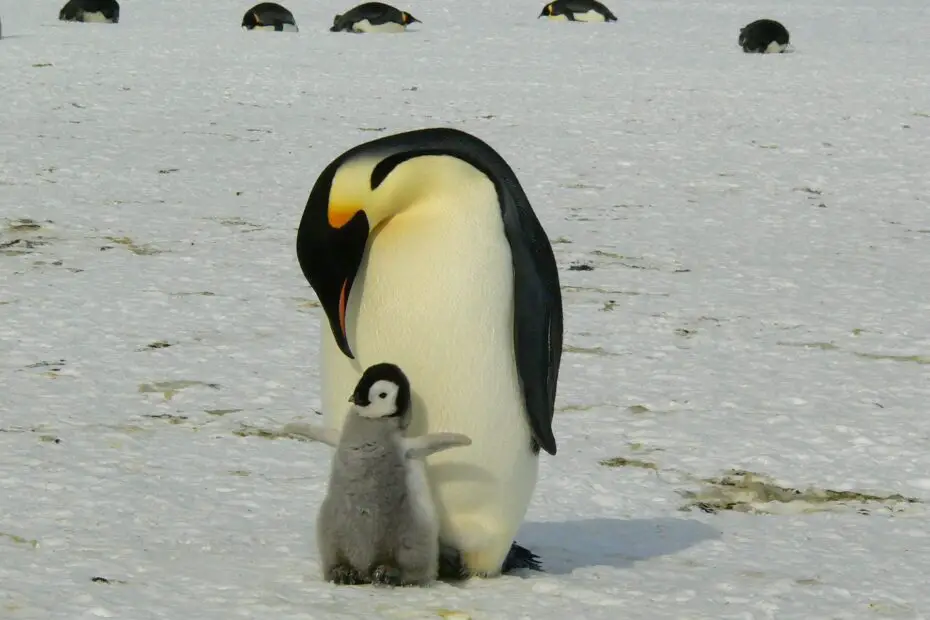Antarctica, the southernmost continent on Earth, is a land of extreme conditions and breathtaking natural beauty. It is home to a diverse range of wildlife that has adapted to survive in this harsh environment. In this article, we will explore eight remarkable animals of Antarctica: the Antarctic Petrel, Orca, Wandering Albatross, Crabeater Seal, Blue Whale, Emperor Penguin, Leopard Seal, and King Penguin. Get ready to dive into the icy waters and soar through the winds as we discover the incredible creatures that inhabit this frozen continent.
You may also want to read about the remora fish.
Here is a list of 8 animals of antarctica:
- Antarctic Petrel
The Antarctic Petrel is a seabird that spends much of its life at sea, only returning to land to breed. It has a black and white plumage, with a distinctive white “M” shape on its back. These agile flyers are often seen gracefully gliding above the ocean, feeding on fish, krill, and other marine creatures.
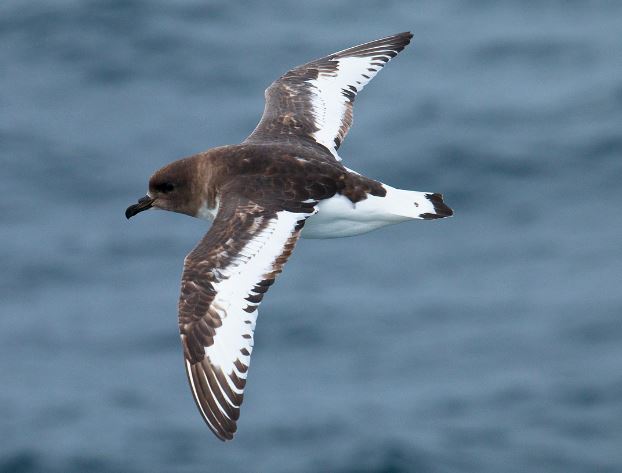
- Orca
The Orca, also known as the killer whale, is a magnificent apex predator that patrols the waters surrounding Antarctica. With their striking black and white coloration and powerful physique, Orcas are highly skilled hunters. They feed on fish, seals, penguins, and even other whales, making them one of the most formidable predators in the Antarctic ecosystem.
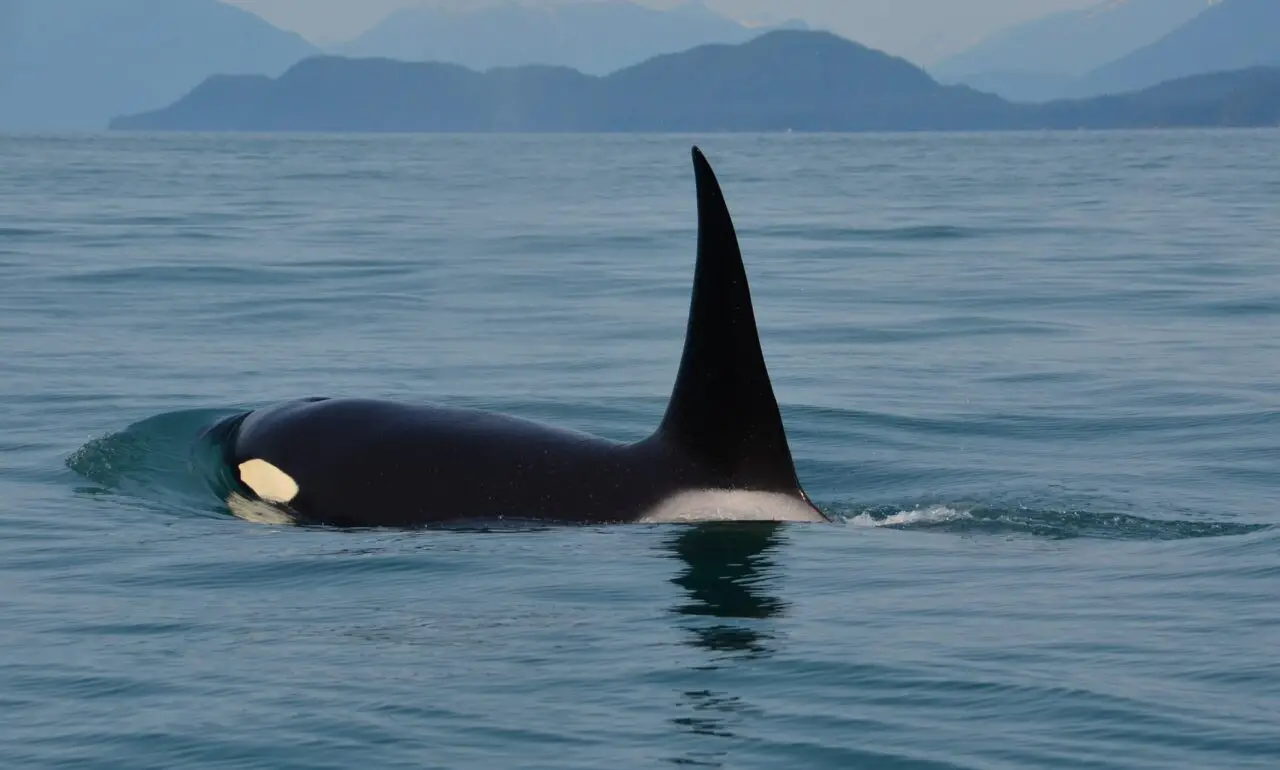
- Wandering Albatross
The Wandering Albatross is a true marvel of the Southern Ocean. With the largest wingspan of any bird, reaching up to 11 feet (3.4 meters), these majestic birds are built for soaring long distances. They spend much of their lives gliding effortlessly above the ocean, using their keen sense of smell to locate food such as squid and fish.
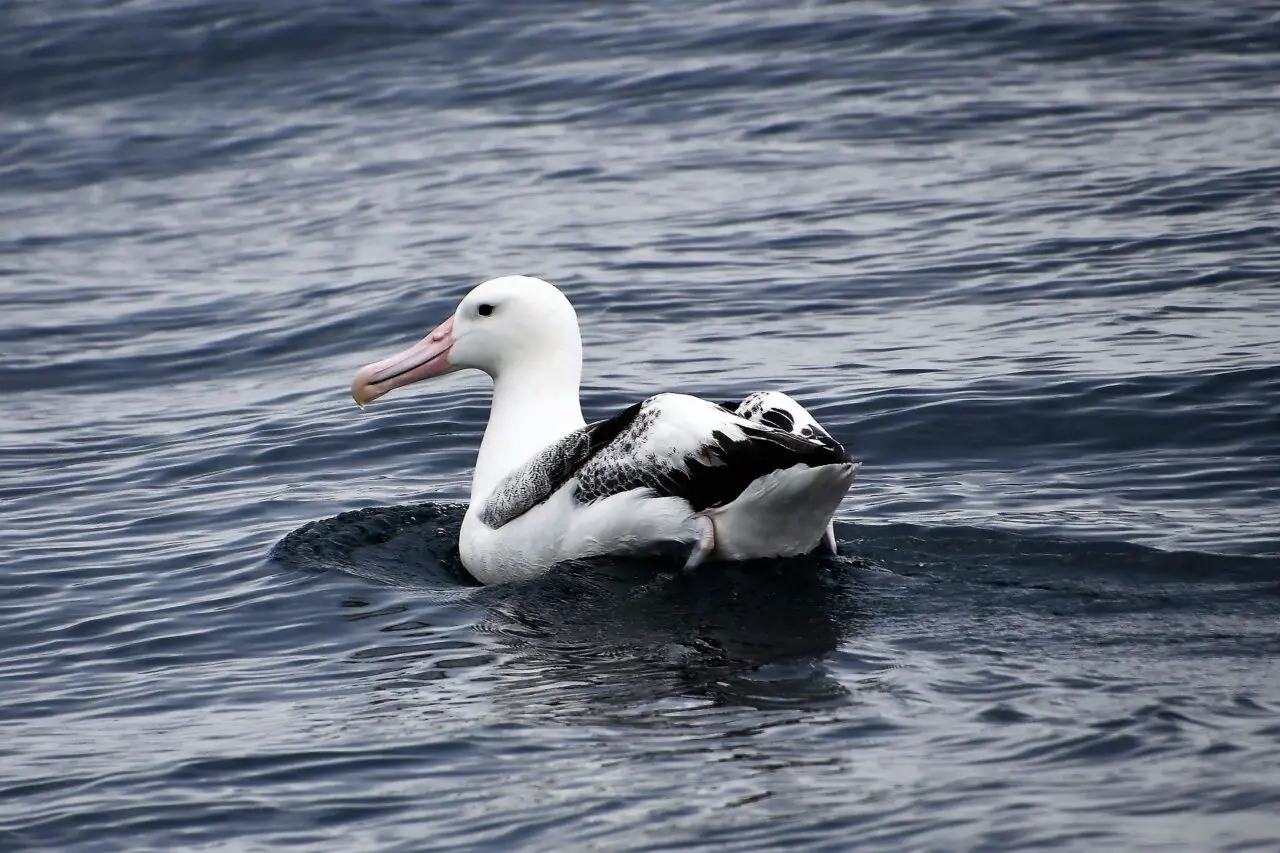
- Crabeater Seal
Despite its name, the Crabeater Seal primarily feeds on krill, rather than crabs. These sleek and agile seals are the most abundant seal species in Antarctica. They have adapted to survive in the icy waters, using their specialized teeth to filter krill from the water. With an estimated population of around 15 million individuals, they play a crucial role in the Antarctic food chain.
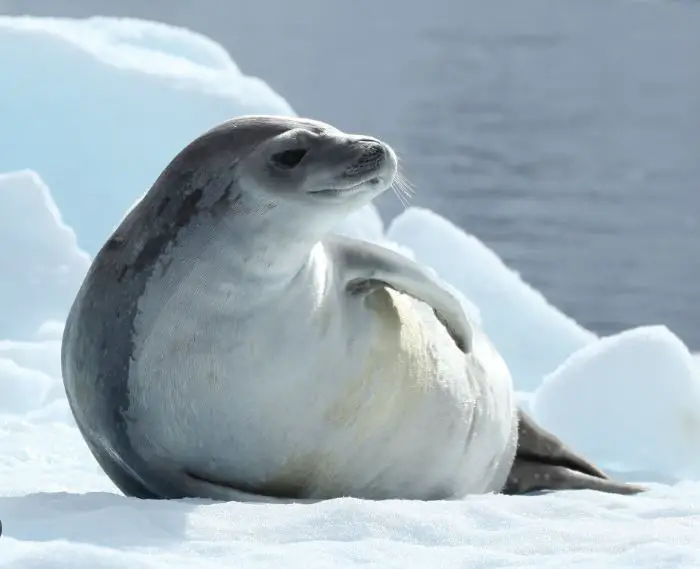
- Blue Whale
The Blue Whale is the largest animal on the planet and a true icon of the Antarctic seas. These gentle giants can grow up to 100 feet (30 meters) in length and weigh over 200 tons. They are filter feeders, consuming massive quantities of krill by engulfing large amounts of water and filtering out the tiny crustaceans. Witnessing the awe-inspiring presence of a Blue Whale is an unforgettable experience.
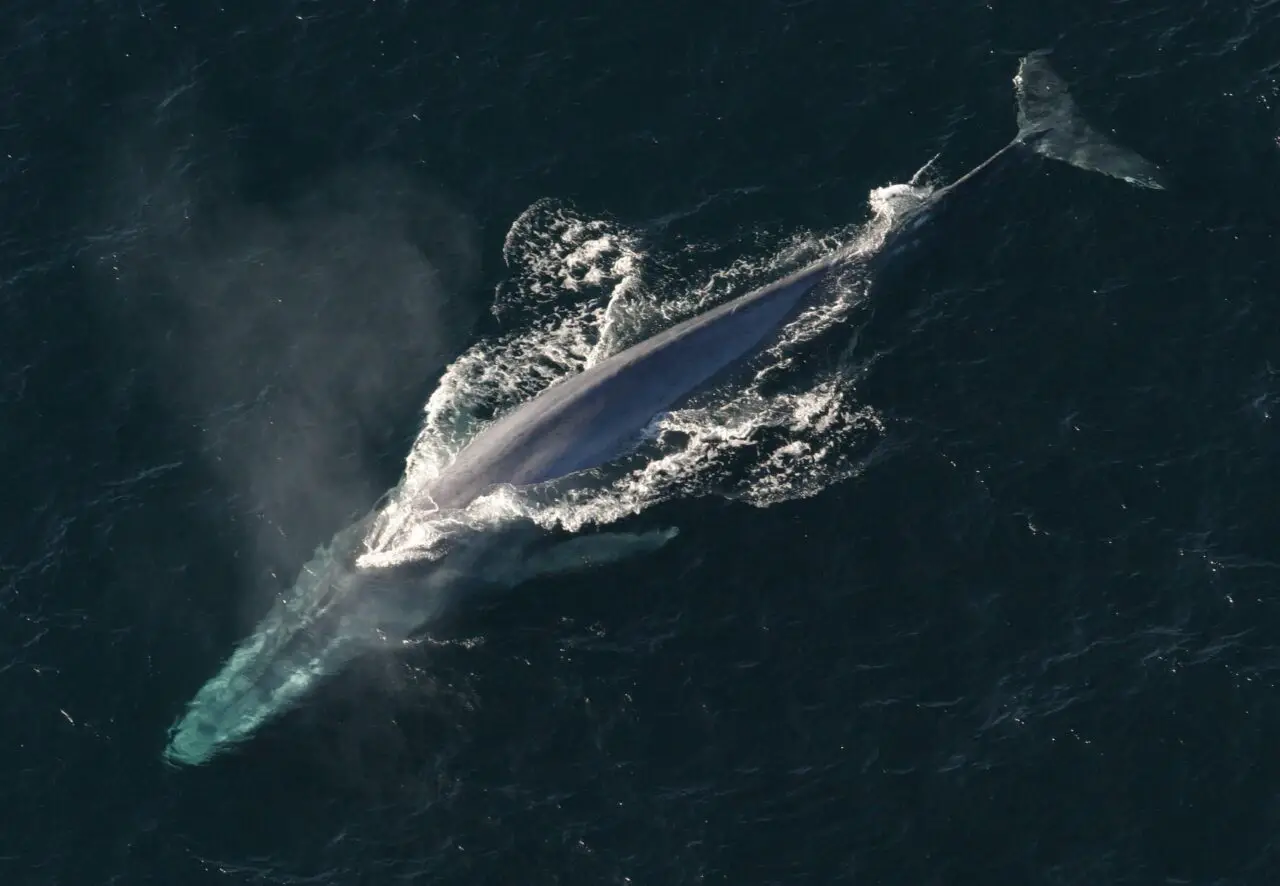
- Emperor Penguin
Emperor Penguins are well-known for their remarkable adaptations to the extreme Antarctic conditions. These iconic birds are the largest penguin species and endure the harsh winter by forming tightly-packed huddles to conserve body heat. They embark on long journeys to the sea to find food, diving to impressive depths in search of fish and krill. Emperor Penguins are also known for their unique and heartwarming parenting behavior, with males incubating the eggs and caring for the chicks.
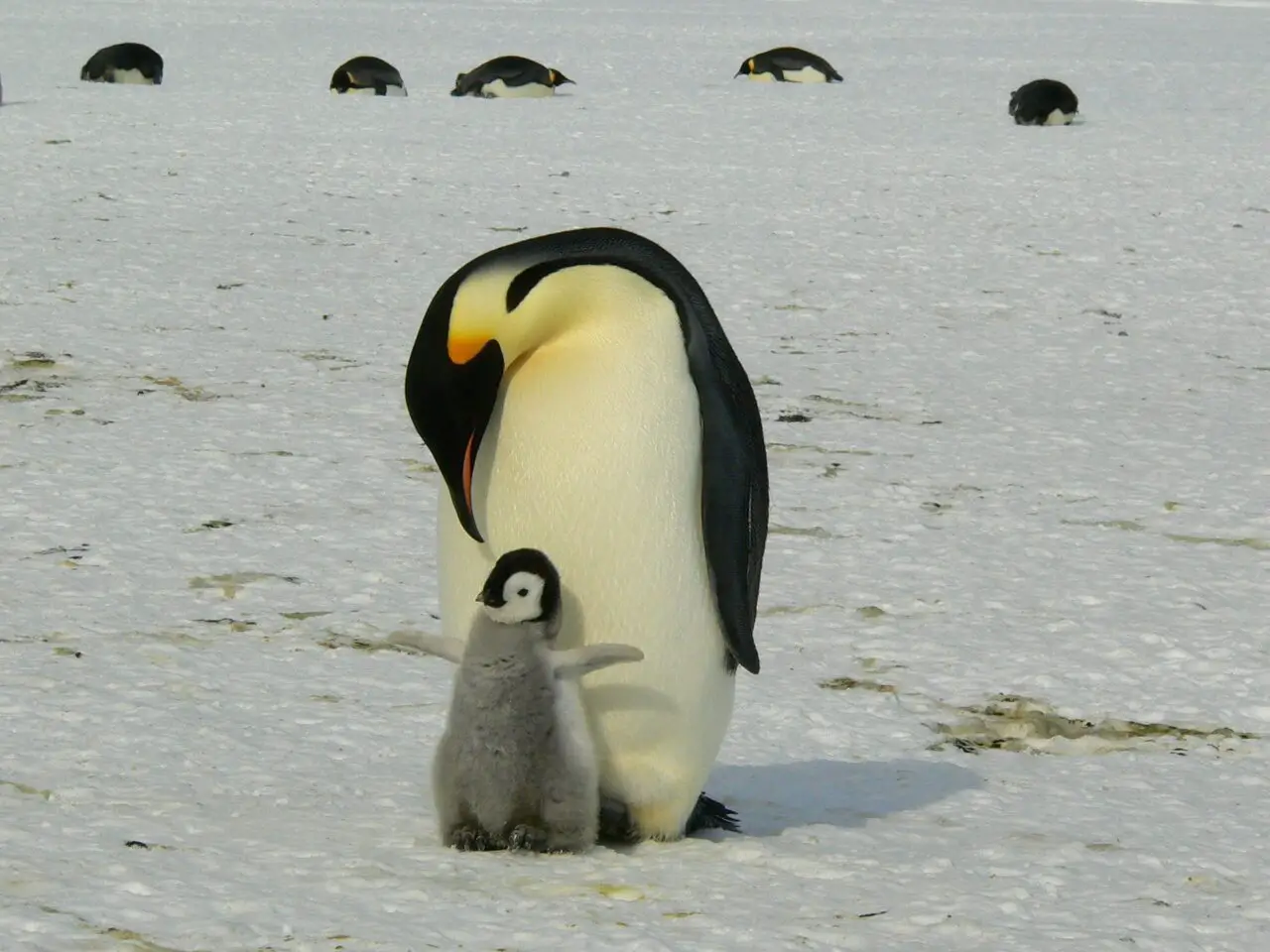
- Leopard Seal
The Leopard Seal is a top predator in the Antarctic food chain. With its sleek body and distinct spotted coat, this formidable hunter possesses both agility and strength. Leopard Seals are known for their diverse diet, which includes fish, squid, penguins, and even other seals. They are skilled swimmers and can reach impressive speeds in the water. Leopard Seals often use their powerful jaws and sharp teeth to catch and devour their prey, making them a force to be reckoned with in the icy Antarctic waters.
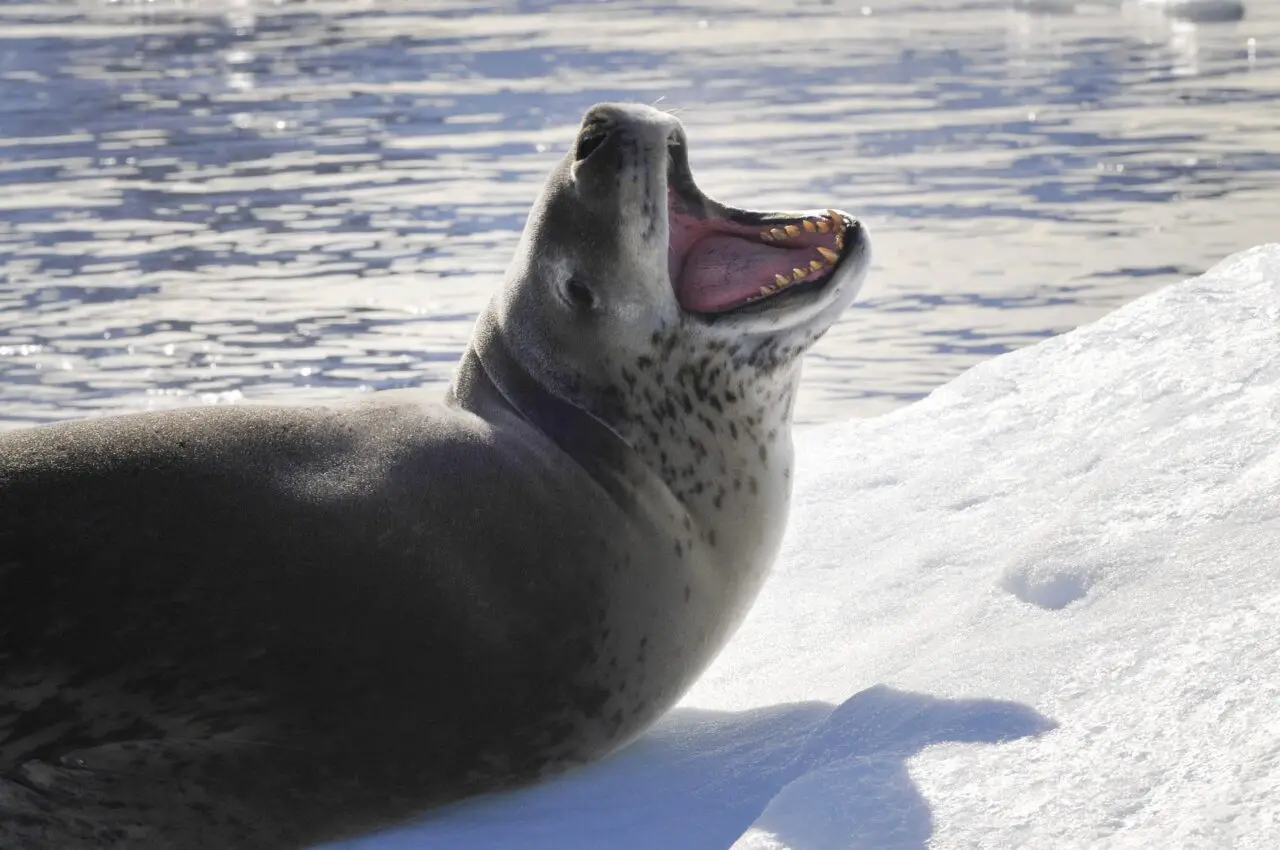
- King Penguin
The King Penguin is the second-largest species of penguin, after the Emperor Penguin. These majestic birds have a striking appearance with a vibrant orange patch on their chest, contrasting with their black and white feathers. They are well-adapted to the Antarctic climate and can withstand the freezing temperatures. King Penguins gather in large colonies, creating a bustling and noisy atmosphere. They feed on fish and squid, diving into the depths of the ocean to find their meals.
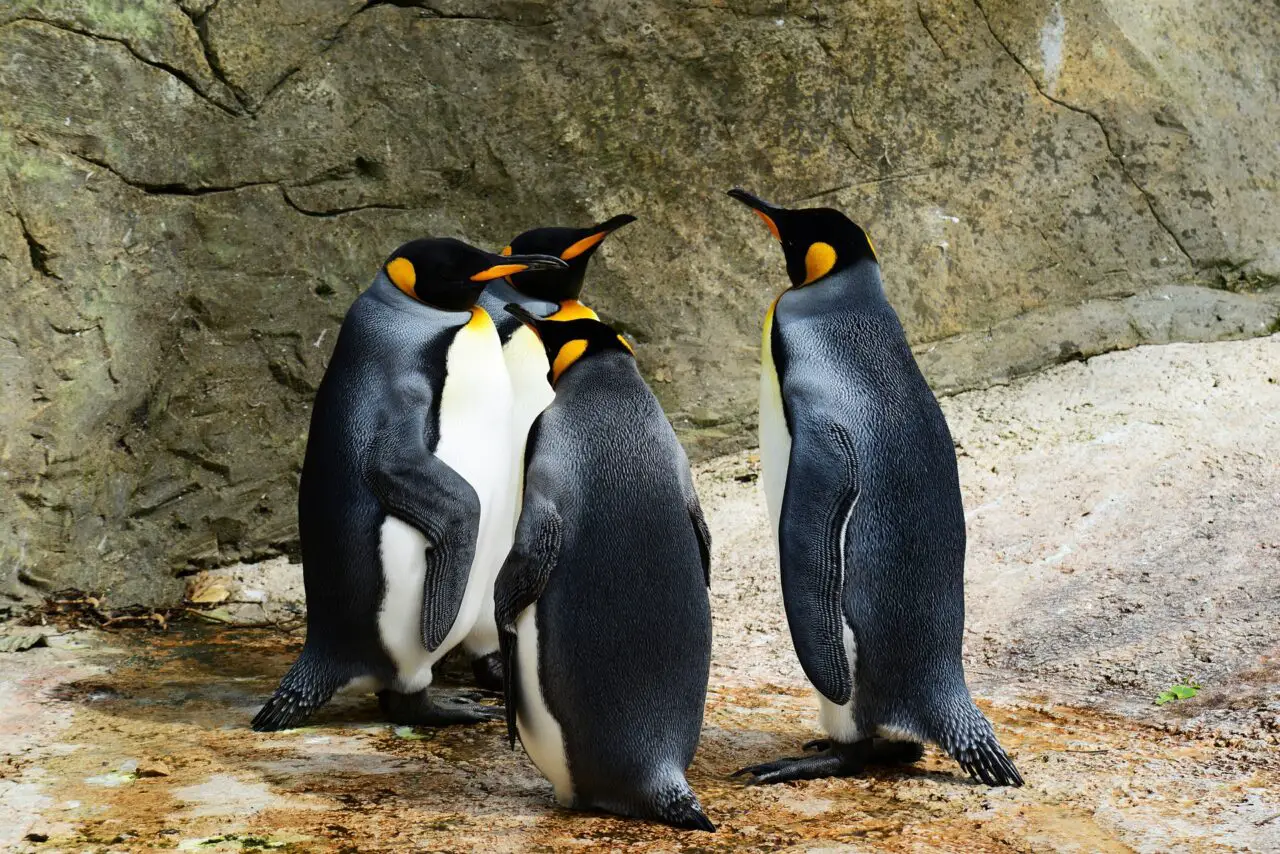
Conclusion
Antarctica is a haven for unique and extraordinary wildlife. From the skies to the depths of the ocean, the animals that call this frozen continent home have evolved incredible adaptations to survive in one of the harshest environments on Earth.
The Antarctic Petrel, Orca, Wandering Albatross, Crabeater Seal, Blue Whale, Emperor Penguin, Leopard Seal, and King Penguin are just a glimpse into the rich biodiversity that thrives in this remote region. Their presence reminds us of the resilience and beauty of the natural world, and the importance of protecting and preserving these delicate ecosystems for generations to come.
